alimentary lymphoma in cats symptoms
In alimentary lymphoma the clinical signs are those of vomiting diarrhea. The incidence of LGAL has increased over the last ten years and it is now the most frequent digestive neoplasia in cats and comprises 60 to 75 of gastrointestinal lymphoma cases.
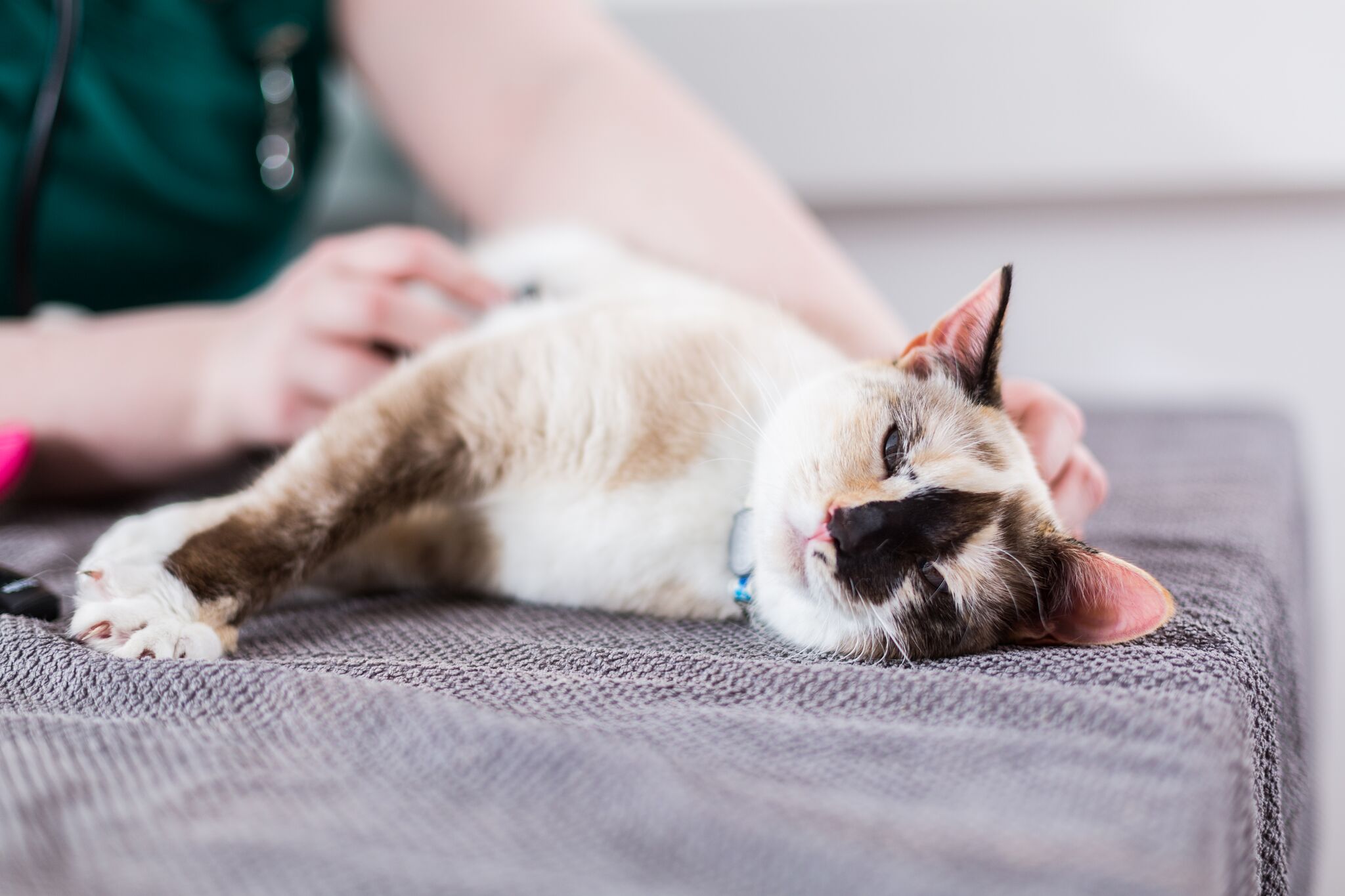
Blog Referral Vets In Leeds Swift Referrals
Mediastinal form occurs in the space between the pleural sacslungs Open mouth breathing.

. Sleeping and resting respiratory rates in managing heart failure in dogs and cats. Enlarged or swollen lymph nodes. Weight loss Alimentary form.
Unlike intermediate- and high-grade alimentary lymphoma IHGAL and large granular lymphocyte lymphoma LGLL which can often be diagnosed by aspiration. There are two types of lymphosarcoma of the gastrointestinal tract. Alimentary lymphoma is one of the most commonly diagnosed neoplasms of the cat.
Generally speaking the life expectancy is between 4 weeks to 2 years. Diagnosis of high-grade and LGL types is usually straightforward by using FNA cytology or histopathology. Feline alimentary lymphomas mostly seen in FeLV-negative aged cats basically have two distinct types including high-grade lymphomas and low-grade lymphomas and furthermore it is possible to consider the third category LGL lymphomas.
With treatment cats diagnosed with this type of lymphoma have an average life expectancy of 15-2 years. Lymphoma is the most common cancer in the cat causing 33 of cat tumours 1. It is perhaps one of the most common types of all cancer associated with cats.
Intestinal Lymphoma in Cats. Gastrointestinal lymphoma typically presents with some very pronounced symptoms and they will be very. Common side effects include lowered white blood cell count vomiting and decreased appetite.
The median or average age of the cats with alimentary lymphomas is around 10 years old and they are mostly FeLV negative. Thankfully the most common type of feline lymphoma intestinal lymphoma is often low-grade or small cell. Loss of appetite.
Gastrointestinal lymphoma in cats is a form of alimentary cancer which occurs in the intestinal tract of a catit is perhaps one of the most common types of all cancer associated with cats. Symptoms Gastrointestinal lymphoma accounts for approximately 5 of cases and is less easily diagnosed than the more common multicentric form. Sores in your cats mouth.
This term describes lymphoma that affects the gastrointestinal tract. Symptoms of alimentary lymphosarcoma may include. Following are some forms of lymphoma along with the related symptoms in cats.
Accurate diagnosis of the distinct subtypes of alimentary lymphoma AL that occur in cats is important as there are major differences between them in clinical presentation treatment and prognosis. Diagnosis is made on biopsy either by fine needle aspirate core biopsy or surgical biopsy. High grade large cell which is more aggressive or low grade small cell and cats with high-grade lymphoma can get sick within days to weeks whereas cats with low-grade lymphoma get sick over weeks to months.
Other symptoms of lymphoma include. Monitoring is required to assess the cat for side effects of treatment though chemotherapy is generally better tolerated in animals than in people. This is by far the most common type of lymphoma in cats.
Given that LGAL shares common. As the alimentary form can affect any part of the stomach or intestines it often causes related symptoms such as weight loss lethargy loss of appetite vomiting and diarrhea. Weight loss Lethargy Poor appetite.
They might also develop a swollen abdomen. Symptoms are highly variable and depend upon the anatomical form of this tumor. In this form of lymphoma lymphoid organs in the chest such as the lymph nodes or the thymus are.
Signs and symptoms of this form of lymphoma in cats include. Since lymphoma can occur in various parts of the body including the liver spleen and lymph nodes symptoms may vary depending on the location of the cancer. Background Low-grade alimentary lymphoma LGAL is characterised by the infiltration of neoplastic T-lymphocytes typically in the small intestine.
Gnawing on a certain body part. Despite the common prevalence of this disease appropriate diagnosis and treatment can be challenging. Most cases of the condition take place within the digestive tract too.
Weight loss and poor condition Change in thirst usually increased Change in appetite usually anorexia Vomiting and diarrhoea Increased urination Sneezing Coughing Increased respiratory rate effort or noise Nose bleeds and mucus discharge from the nose Facial. Weight loss associated with loss of appetite. Gastrointestinal lymphoma in cats is a form of alimentary cancer which occurs in the intestinal tract of a cat.
Diarrhea Excessive thirst Excessive urination Lethargy Loss of appetite Nausea and vomiting Weight loss. Cancer is caused by a mutation in the DNA of a cell causing abnormal cell function or growth. There are multiple different types of lymphoma in cats but these types refer more to the location of the blood cancer rather than identifying unique forms of the cancer.
Depressionextreme lethargy Marked weight loss Noticeable loss of appetite Swollen lymph nodes such as under the arms in jaw or in groin region. It is sometimes called lymphosarcoma. In the case of lymphoma this is caused by an abnormal proliferation of lymphocytes a type of white blood cell.
Patients often present with a history of reduced appetite intermittent vomiting and sometimes a palpable mass in the abdomen. Signs of Gastrointestinal Lymphoma in Cats. An abdominal mass may develop that can be felt on a physical examination.
Currently the most frequently diagnosed form of feline lymphoma is the alimentary or intestinal form. Regardless of the site some symptoms are common to all lymphomas. The incidence of this disease has increased significantly over the past 15 years during the post-feline leukemia era.
Symptoms of Gastrointestinal Lymphoma. Depending on the type of lymphoma other treatments may be needed. In the authors hospital in Tokyo Japan in the recent years among 43 cases of microscopically confirmed feline lymphoma cases 51 were the alimentary form while FeLV positive anterior mediastinal form accounted for 16.
It is imperative that you take your cat to the vet immediately if you notice any of the following symptoms. It can become fatal if the tumor is situated near the small or large intestine since it can restrict the passage of bowel and pose health hazards.
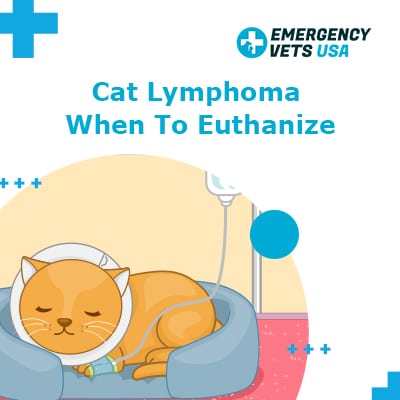
Cat Lymphoma When To Euthanize Our Opinion
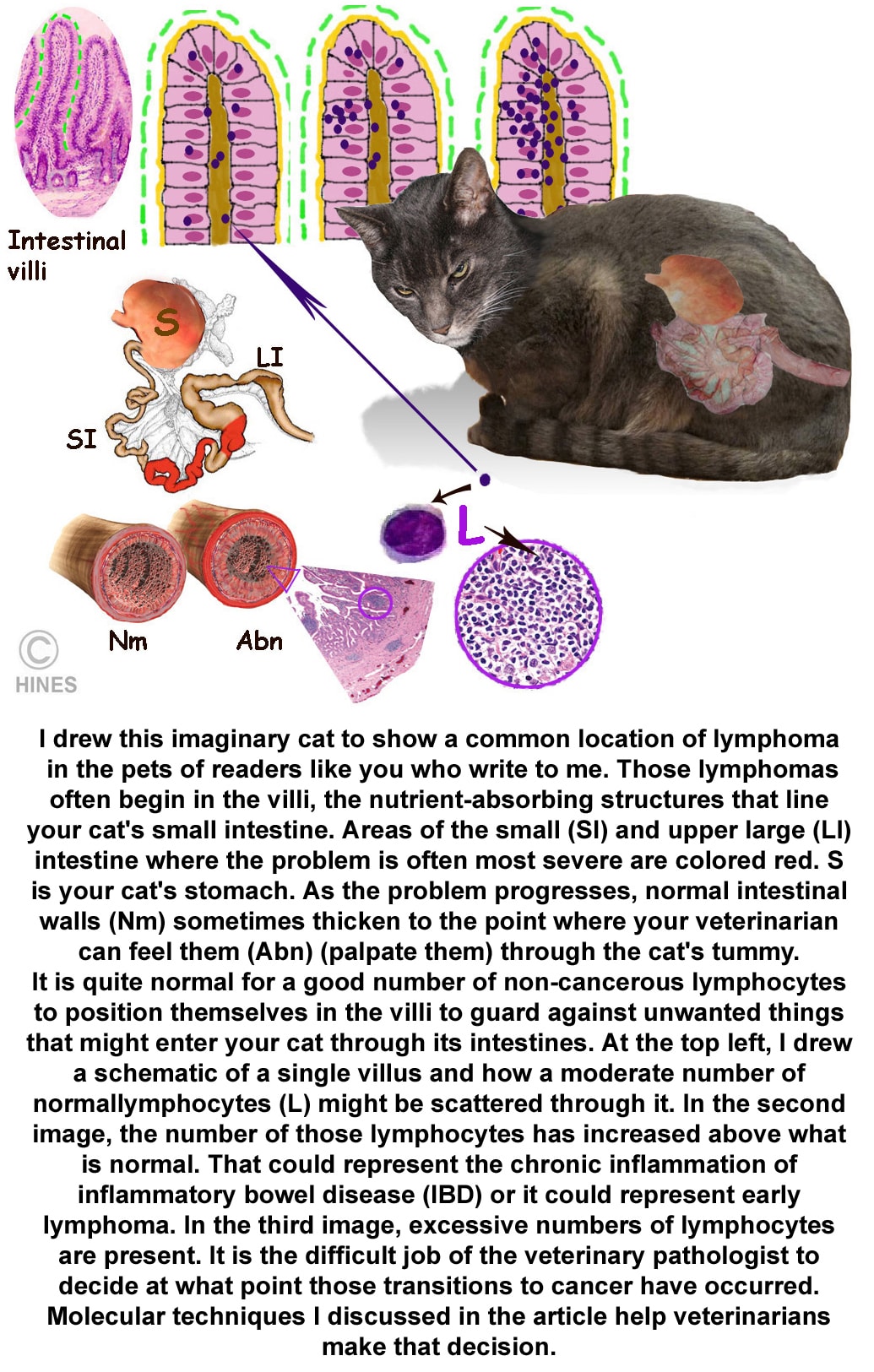
Lymphoma In Your Cat Ron Hines Vetspace 2nd Chance The Animal Health Website

How To Diagnose Feline Intestinal Lymphoma 9 Steps

How To Diagnose Feline Intestinal Lymphoma 9 Steps

Lymphoma In Cats Veterinary Partner Vin

What You Need To Know About Feline Intestinal Lymphoma Vlog 98 Youtube
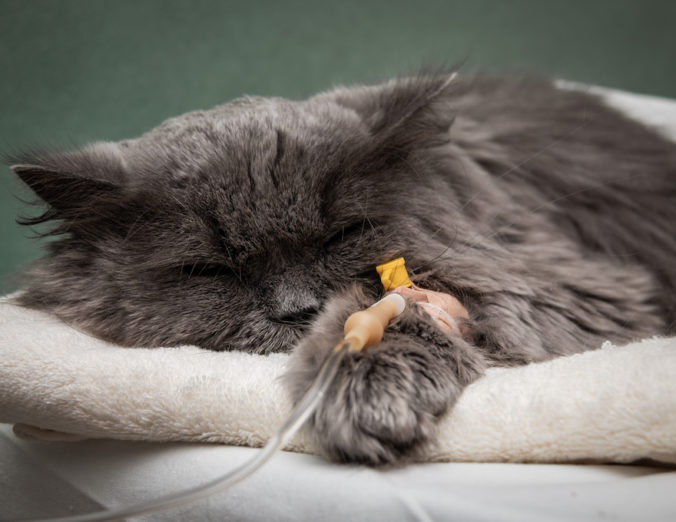
Diagnosis And Treatment Of Feline Lymphoma Glories Veterinary Hospital
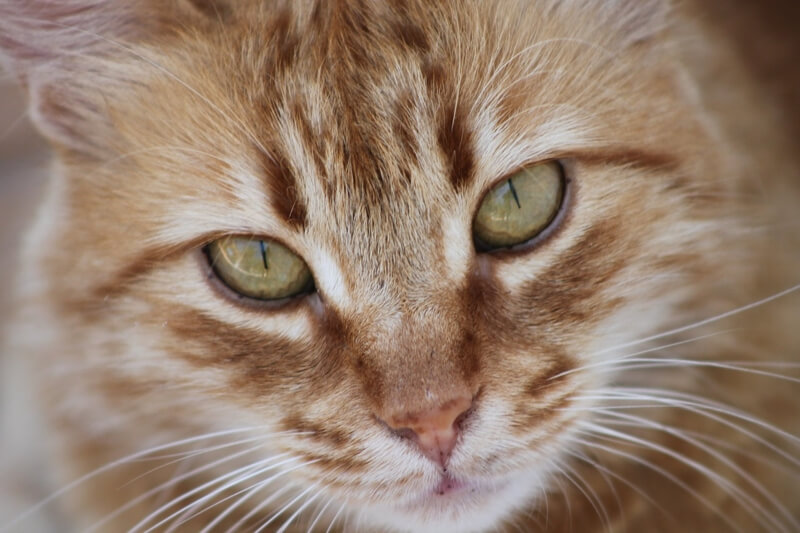
Understanding Lymphoma In Cats
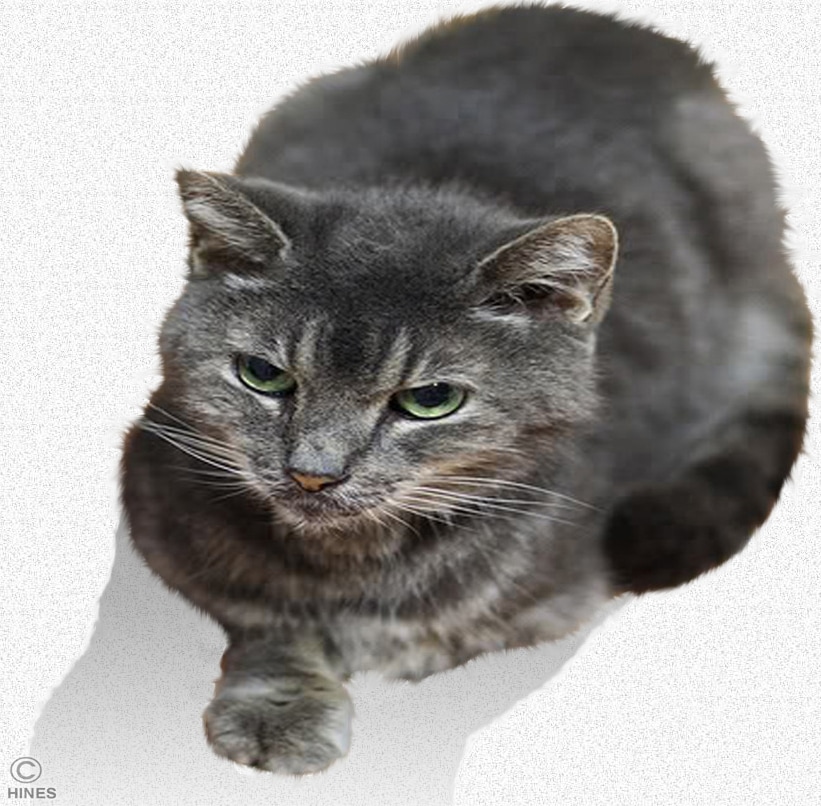
Lymphoma In Your Cat Ron Hines Vetspace 2nd Chance The Animal Health Website

Lymphoma In The Cat Fact Sheet Davies Veterinary Specialists

Pdf Feline Gastrointestinal Lymphoma
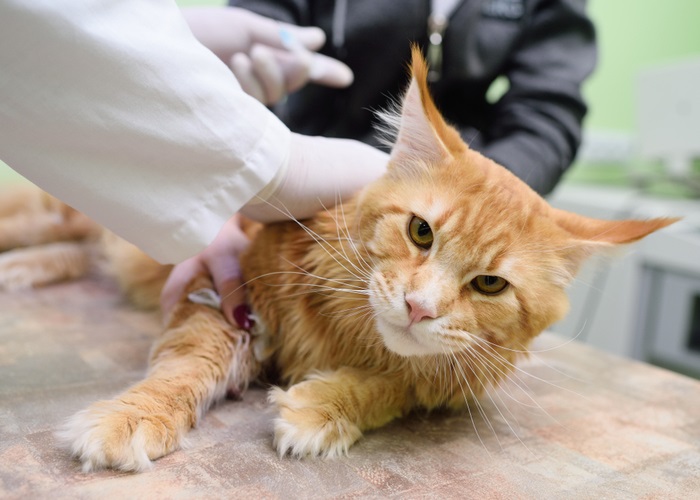
Lymphoma In Cats Symptoms Diagnosis Treatment All About Cats

Fur Everywhere Lymphoma In Cats

Lymphoma In Cats Atlantic Veterinary Internal Medicine

Read About Gastroenterology In This Article By Sandra Grover

How To Diagnose Feline Intestinal Lymphoma 9 Steps

Causes And Risks Of Cat Lymphoma And Leukemia Vlog 97 Youtube
